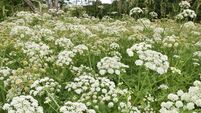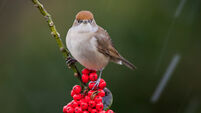Peter Dowdall: Echinacea and verbena are stars of the show this autumn
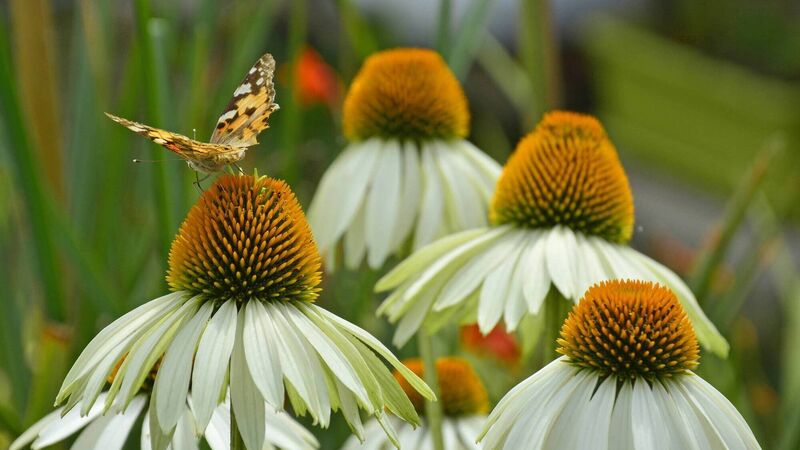
Echinacea 'White Swan' is adored by butterflies and bees and makes a great late-summer accompaniment to verbenas. Picture: iStock
Late summer and early autumn highlight the real stars of the garden. Those treasures that are still giving their best. Over the last number of years, I have fallen deeply in love with all the verbenas and many of the echinaceas.
Sometimes referred to as nature’s immune booster, echinacea, commonly known as the coneflower, is a perennial herb native to North America. It is adored for its vibrant, daisy-like flowers that come in various different shades.
Most commonly known is the pink form, the straightforward Echinacea purpurea, but there are dozens of different colours and tones available in this genus, including purples, apricots, yellow, orange and white. Beyond its obvious aesthetic appeal, echinacea is celebrated by many for its medicinal properties and its ability to boost the immune system.
The flowers of the echinacea plant are like the most perfectly formed daisies that you might have drawn as a small child. The petals normally reflexed to a greater or lesser degree, depending on the variety, from the central pincushion of stamens.
I can only guess that this is why they are so popular with butterflies, bees and our other winged friends as the bright petals attract them, and provide them with a landing pad, so to speak, and as they are slightly reflexed, they offer easy access to the pollen and nectar.
Echinacea thrives in full sun and well-drained soil. They are hardy plants which can withstand drought conditions, though this year, the Irish climate being as uncertain as it is, they also need to be resistant to excessive rain.
I like all of the colours of echinacea that I have yet encountered but it is the pure white form which delights me right now and I have planted several of them in my own garden this year amongst a mixture of the deep purple Verbena rigida and the airy, ornamental grass Stipa ponytail. It will be over the next few years that I hope to see the best effect of these together.
Verbenas are another low-maintenance perennial, native to Europe and the Americas, and they are so worth their place in the garden as they give so much flower colour, for so long.
As I say, it is those that are in bloom now that are the true stalwarts of the garden.
Verbenas are available in a wide range of colours, including vibrant shades of red, purple, pink, and white. Their dense clusters of flowers create a carpet-like effect, adding a burst of colour and texture to any garden but many of these low-growing forms are regarded as annuals in this part of the world as they tend not to survive our winters.
The verbena species that we grow over here as perennials tend to be Verbena bonariensis, V rigida or V officinalis.
Verbena bonariensis is perhaps the best known of them all, reaching a height of over 1.5 metres and bedecked with masses of pale purple/mauve flowers which are adored by the butterflies. There is a variety called lollipop which doesn’t get quite so tall and is better in more exposed and windy gardens.
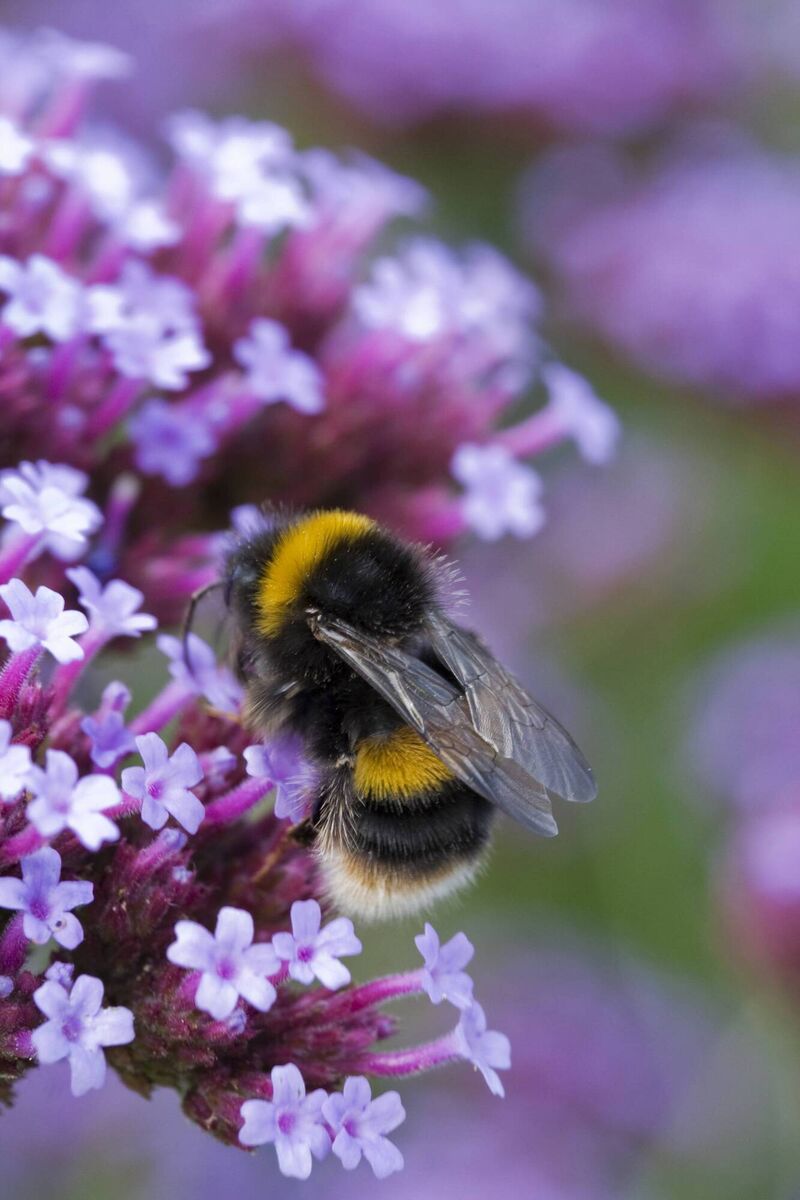
Verbena rigida is a far lower-growing form, reaching only about 50cm. The colour is vibrant purple and I am hoping that this one will mix well with my white echinaceas and stipas.
Verbena officinalis is a native plant of vervain and reaches about 70cm in height, producing flower spikes of pink and pale purple. The cultivar Bampton will reach a higher, one metre, and the flowers are larger and more purple than pink, a particularly nice form.
All the verbenas, and the echinacea too, prefer full sun and well-drained soil, but they can tolerate a variety of soil types —time will tell how they will have tolerated our excessively wet July and August.
Planting these two plants together, as I have, is a nice combination as they complement each other exceptionally well in a garden. By combining these two species, you can create a striking visual display and their long blooming period ensures that your garden will have colour right into the autumn.
Leave the flower heads of the echinacea on the plant after flowering as the seed heads look great during the frosty winter and small birds too will feed on them.
As well as providing food for the birds later in the winter, having echinacea and verbena plants in the garden attracts pollinators such as bees, butterflies, and hoverflies. These pollinators play a crucial role in pollinating not just the flowering plants in our gardens but also promoting the growth of fruits and vegetables in our gardens and beyond.
They also help in maintaining an overall healthy ecosystem by supporting biodiversity as slugs, snails, aphids and caterpillars will all feed on the leaves. Don’t be put off by this as they don’t take from the beauty of the plants and their presence is only enhancing the natural balance and the tapestry at large.
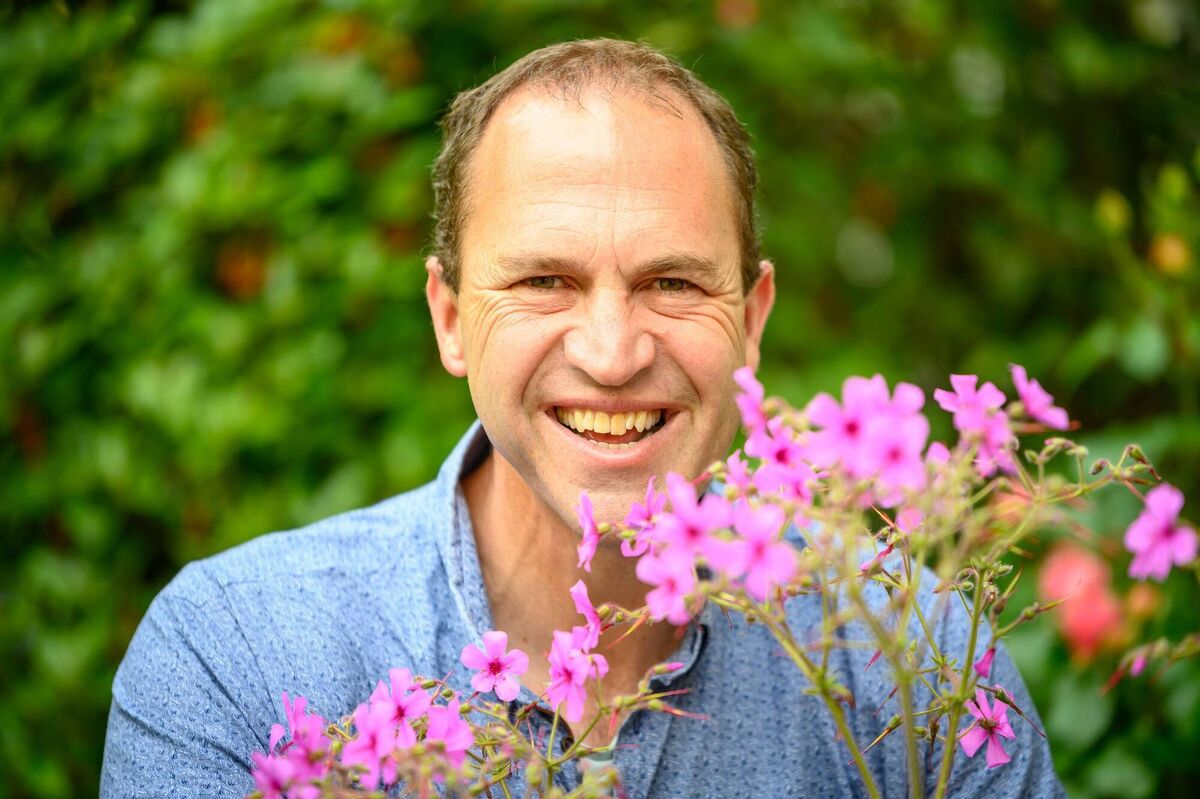
- Got a gardening question for Peter Dowdall? Email gardenquestions@examiner.ie
CONNECT WITH US TODAY
Be the first to know the latest news and updates




